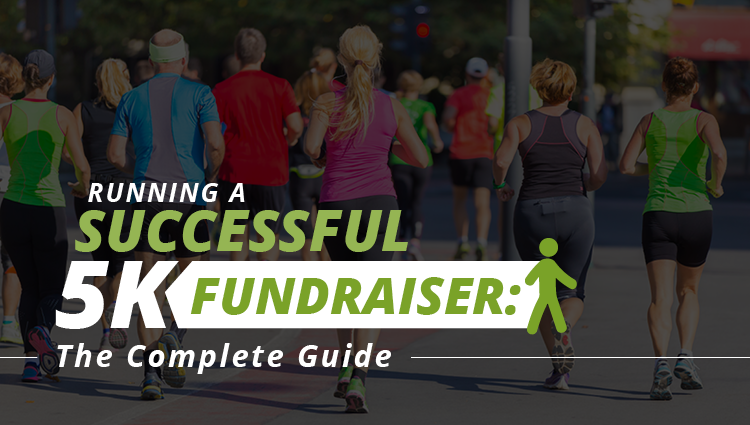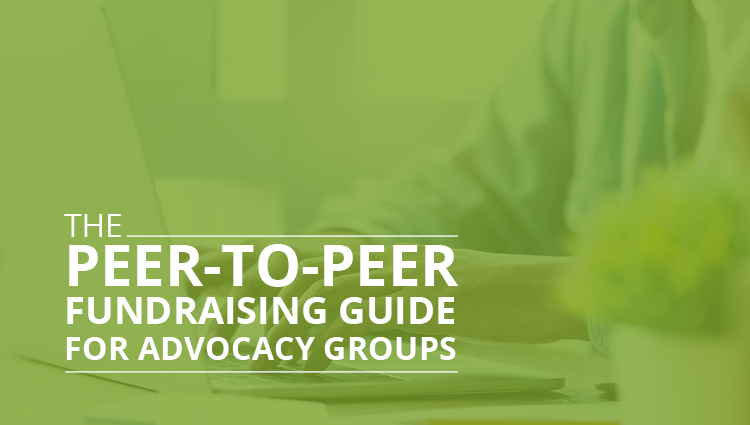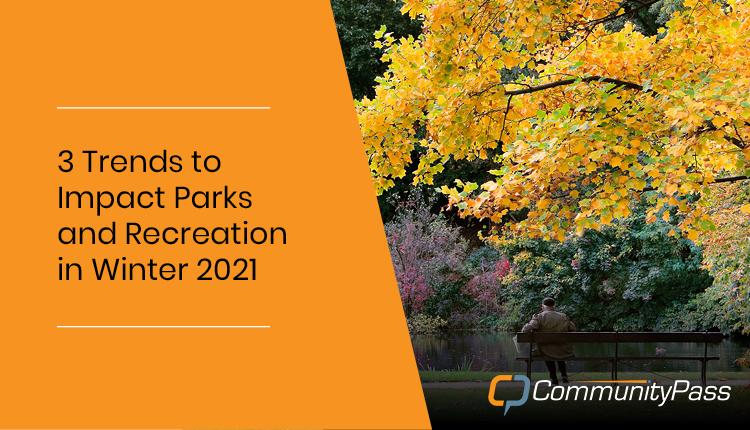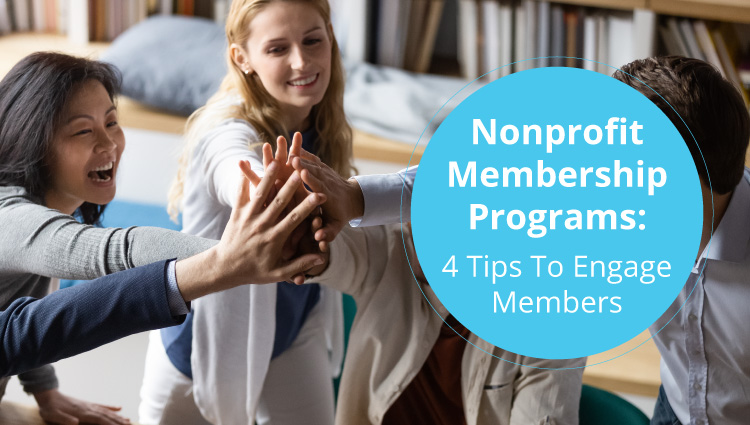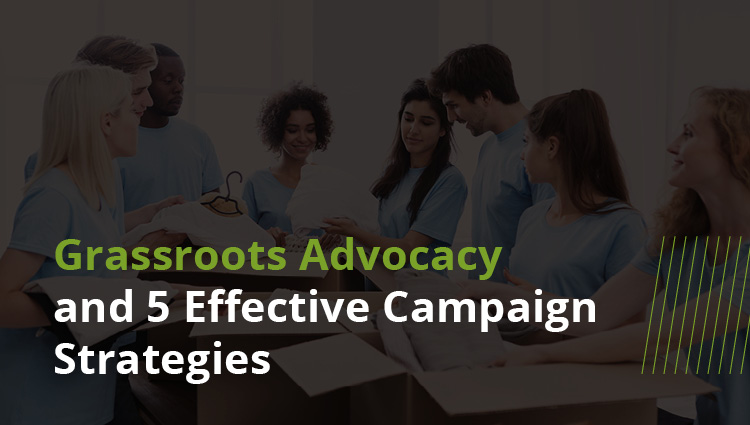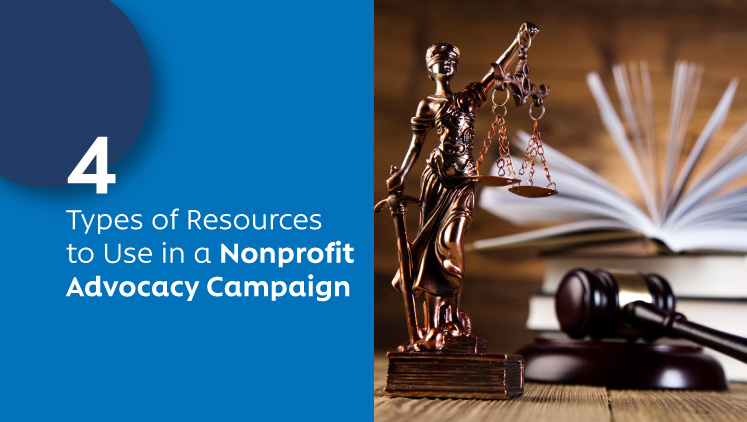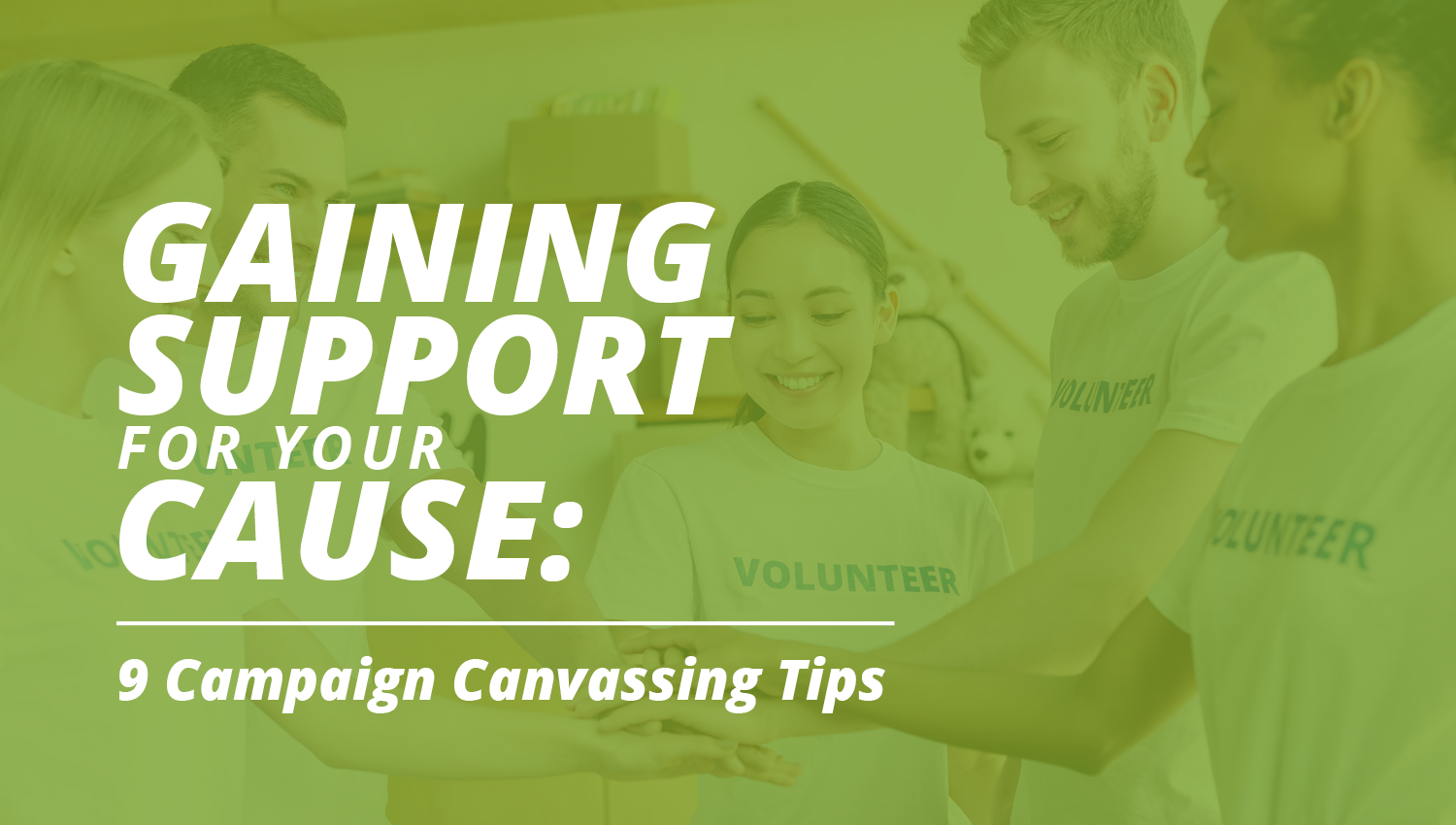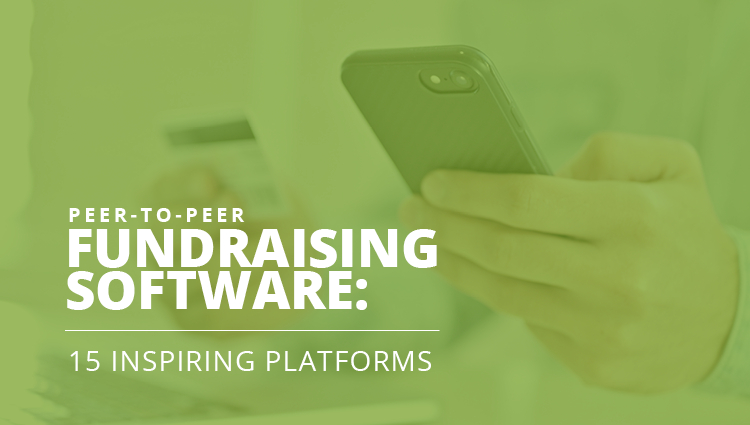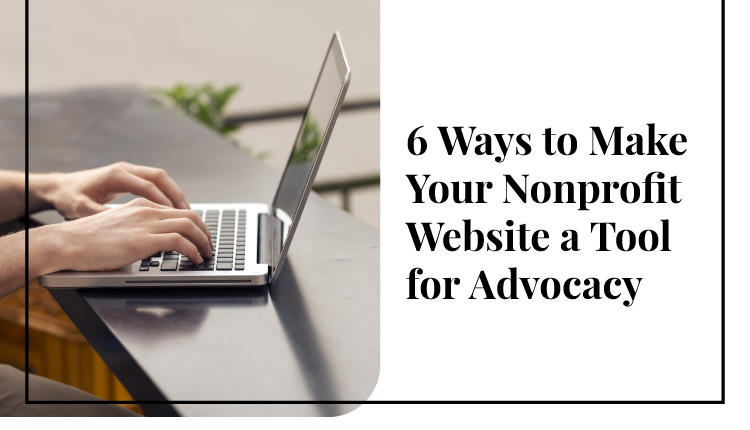Running a Successful 5K Fundraiser: The Complete Guide
Events are a core part of most nonprofit organizations and advocacy groups’ fundraising strategies. Bringing your supporters together is an opportunity to create a visibility event that will bring attention to and raise additional revenue for your cause, and it’s also a chance to let your supporters interact with each other, have fun, and even form a community around your cause.
The Peer-to-Peer Fundraising Guide for Advocacy Groups
Grassroots advocacy campaigns gather their strength from bringing people with shared concerns together to fight for a common cause. However, even the most well-connected advocacy groups won’t be able to reach out to every individual who might be interested in their mission.
Fortunately, advocacy groups can leverage their supporters’ personal networks, find new supporters, and increase their revenue in the process. They can accomplish this by running a peer-to-peer fundraising campaign.
3 Trends to Impact Parks and Recreation in Winter 2021
Over the past year, parks and recreation centers have gotten better and better at pivoting their programs to meet their community’s needs and the current health regulations. Despite your ability to successfully adjust programs, your community organization might find the continued uncertainties of the future daunting, especially when it comes to planning events and improving participant retention.
Nonprofit Membership Programs: 4 Tips To Engage Members
When a donor joins your organization’s membership program, they are making a concrete pledge of loyalty and support. These members are in it for the long haul, and they pay recurring dues so they can have access to all the special opportunities, resources, and events that your nonprofit has to offer. Failing to provide these benefits can be a costly error.
Grassroots Advocacy and 5 Effective Campaign Strategies
Grassroots campaigns are built by passionate individuals coming together to make a difference for their communities. However, even the smallest grassroots advocacy campaigns have evolved in recent years, relying on new strategies to spread awareness and attract supporters.
Successful grassroots advocacy campaigns rarely come together without dedicated organization and planning. Whether your goal is to educate the public or persuade elected officials to a certain way on upcoming legislation, you’ll need the right resources and strategies backing your campaign. Today, for most grassroots campaigns, those resources and strategies revolve around technology.
4 Types of Resources to Use in a Nonprofit Advocacy Campaign
Picture this: Your local lawmaker is slated to vote on an issue. The vote relates directly to your nonprofit’s cause. And you and your supporters want your voices heard.
If you’re in this position, an advocacy campaign is just the thing for you!
But maybe you’re new to the idea of an advocacy campaign or just need a refresher.
Put simply, an advocacy campaign is focused on one overarching goal—to inspire political change through awareness raising and targeted communication to decision-makers who you want to care about your cause. This push for change can be aimed at the local, state, or national level.
Gaining Support for Your Cause: 9 Campaign Canvassing Tips
As a leader of your advocacy organization, you know the importance of running energetic, dynamic campaigns that build momentum and keep your cause top-of-mind. You also know that your volunteers, while dedicated, are a limited resource and their door-to-door canvassing efforts can only cover so much ground during election season.
Make the most of each interaction your volunteers have with voters by implementing modern campaign canvassing strategies. This guide will help you learn more about running a successful canvassing campaign by diving into the following topics:
Peer-to-Peer Fundraising Software: 15 Inspiring Platforms
Advocacy has evolved in recent years, and the most successful advocacy campaigns tend to be backed by powerful software solutions such as peer-to-peer fundraising software. Even campaigns that focus on personal, one-on-one conversations like peer-to-peer campaigns stand to benefit from the right fundraising software.
Peer-to-peer fundraising leverages your volunteers’ personal relationships to extend your organization’s audience beyond your usual network of supporters. Research has shown that donors are more likely to contribute to causes their friends and family members advocate for, and nonprofits have responded to the data by launching more peer-to-peer campaigns, up to a 31% increase over last year.
For your organization, this means there are many peer-to-peer fundraising resources available, but also that you’ll need to make the proper investments to ensure your campaign stands out from the crowd. To help your organization get started, this article will explore the basics of peer-to-peer fundraising software and recommend fifteen of our favorite platforms:
Read More
Peer-to-Peer Grassroots Engagement: Grow Your Movement Exponentially
The more people that support your cause, the more successful your campaign will be.
The reasons are clear:
- Popular support makes it more likely that you will bring about the change you are looking for. I.e. Elected officials will sit up and take notice.
- More avenues for growth: Each supporter comes with their own circle of friends and family—AKA, more potential supporters. There are few things more convincing than the opinion of someone you know well.
Peer-to-peer marketing is a cost-effective way to spread the word about your cause, and grassroots campaigns are uniquely suited towards it.
6 Ways to Make Your Nonprofit Website a Tool for Advocacy
Your nonprofit is motivated by a powerful mission and a drive to help your community succeed. Nonprofit advocacy comes into play when your organization uses its influence and resources to advance and support important societal causes on a systemic scale.
Along with bringing awareness, nonprofit advocacy encourages supporters and other community members to take action. Today, modern advocacy thrives online, making your nonprofit website a vital tool for conducting advocacy campaigns.
